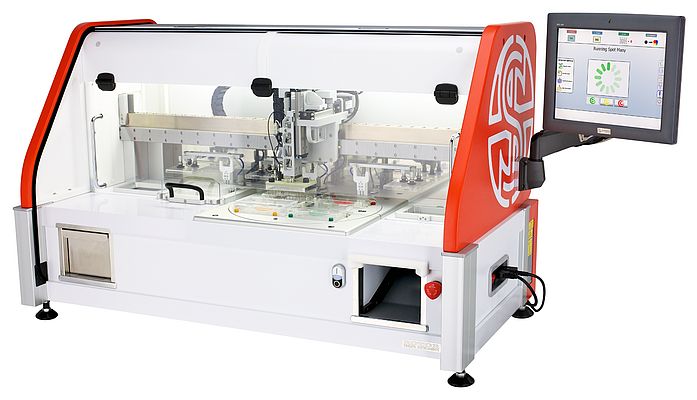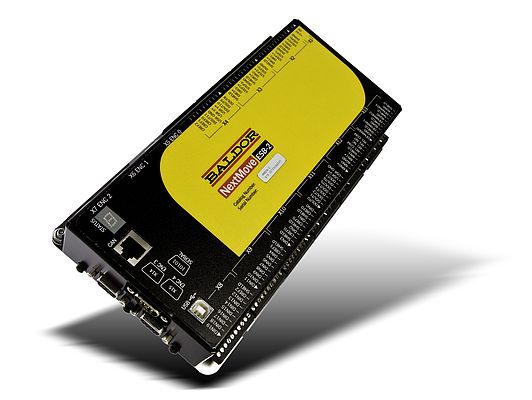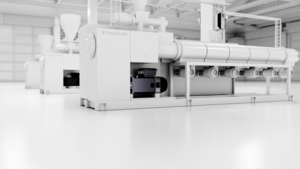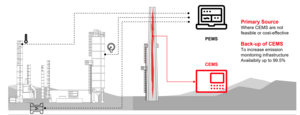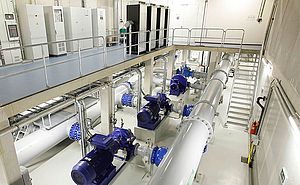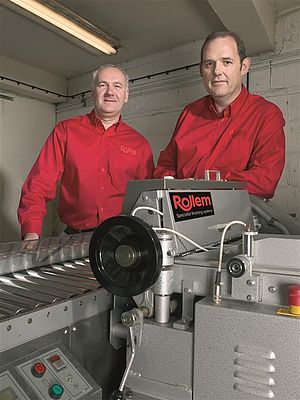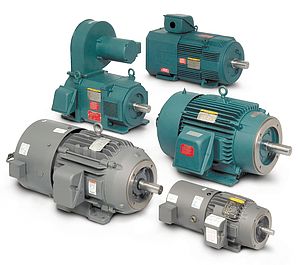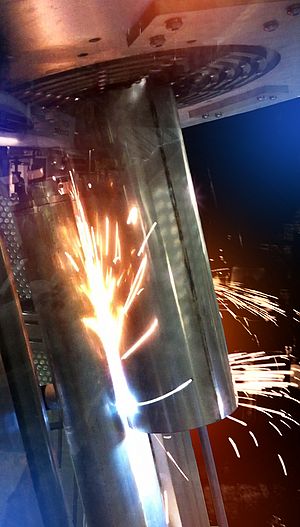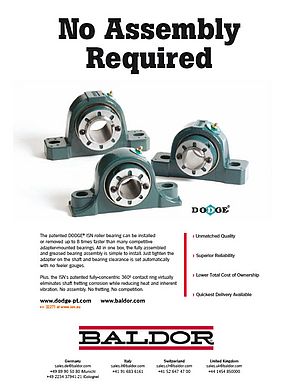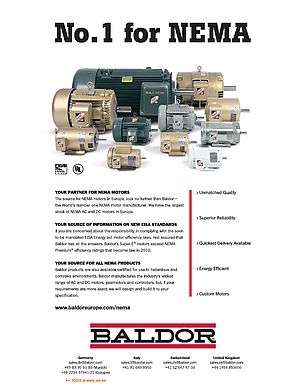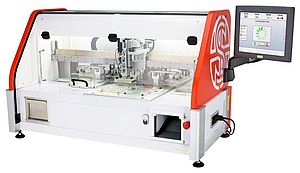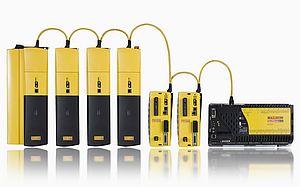An advanced linear motion system is behind the groundbreaking performance of Singer Instruments' innovative biotech laboratory robot for pinning arrays of cells.
This benchtop automation for genetic, genome and cancer research is able to manipulate over 200,000 yeast or bacteria cell samples per hour. This speed is changing the way that many biotech labs work. One of Singer's robots often now typically services several laboratories, with users just booking short time slots on it for replicating, mating, re-arraying or backing up yeast or bacteria libraries.
RoToR is managed by a compact real-time controller called NextMove ESB-2. This module controls the three axes of motion that perform RoToR's point-to-point pinning action, as well as a sample handling axis, interfacing to the machine's Windows-based graphical user interface, and all the I/O channels required.
Singer Instruments chose NextMove ESB-2 because it incorporated all the real-time stepper and servo motion and machine control facilities they needed, and more - giving them flexibility to expand and evolve the RoToR design in the future.
Baldor provided Singer Instruments with the complete machine control package, comprising the NextMove controller with its built-in I/O - plus some expansion I/O to handle the large number of sensors and pneumatic actuators on this sophisticated robot - a linear servo motor and drive, and three integrated stepper motor and drive modules. The controller takes care of all the machine and motion control tasks, under the direction of a Windows user interface, which is interfaced via ActiveX commands.
The major movements that the machine makes are point-to-point transfers from source to destination plates along a linear servo motor axis that spans the width of the machine. This axis carries a two-axis stepper motor head that controls the pinning action. The combined X-Y-Z movement can also stir the samples using a sophisticated helical motion - an action used particularly when manipulating samples to or from liquid wells. There is also another stepper motor axis that controls the loading mechanism for the pin pads. Other movements, such as the pick up and disposal of pinheads at the start and end of operations, are controlled by simple pneumatic grippers and rotators. A key to the machine's throughput is the use of Singer's unique high-density sample plates and matching plastic pinhead arrays, which allow manipulation of as many as 6144 cell samples in a single stage.
Singer's original intention was to use a closed-loop pneumatic drive for the main transverse axis, but this did not have either the positioning resolution or the speed desired, and was relatively noisy as well - a significant disadvantage in a lab environment. They started looking at linear motors instead. Baldor made this design choice easy by agreeing to produce a special version of a brushless linear servo motor with some mechanical modifications to the linear track that allows it to be supported at the ends alone - rather than along its length. This allows the linear motor's forcer to become an X-axis gantry that carries the additional Y and Z axes. The Y and Z axes are based on the DSMS family of ultra-compact micro-stepping motors with onboard drive electronics. The linear motor - from the LMCF series - offers a special magnet design that minimises the cogging effect to ensure extremely smooth operation.
After the key hardware decisions had been taken, the motion control software was developed using Mint language and its development environment. This language provided ready-to-use high-level commands for the required movements, making it very simple to get the machine running in the development lab. Commands that saved valuable time for Singer Instruments ranged from basic movements such as S-ramp profiles - which are used extensively on the linear motion axis to optimise movement speeds between source and destination plates - to one called HELIX which provides the developers with the helical stirring action that is employed when manipulating samples in liquid wells. As the machine has a Windows user interface developed using Visual C# and Windows Presentation Foundation, Singer Instruments also made use of Baldor's ActiveX interface library, which is provided without cost as part of the development tool suite.
"NextMove has given us a platform for controlling our machine that is both economic and easy to apply," says Trevor Clarke, Singer Instruments' Technical Director. "The simplicity of development is very helpful for us, as RoToR has been the most sophisticated instrument that we have ever produced."
Edited by Constanze Schmitz



